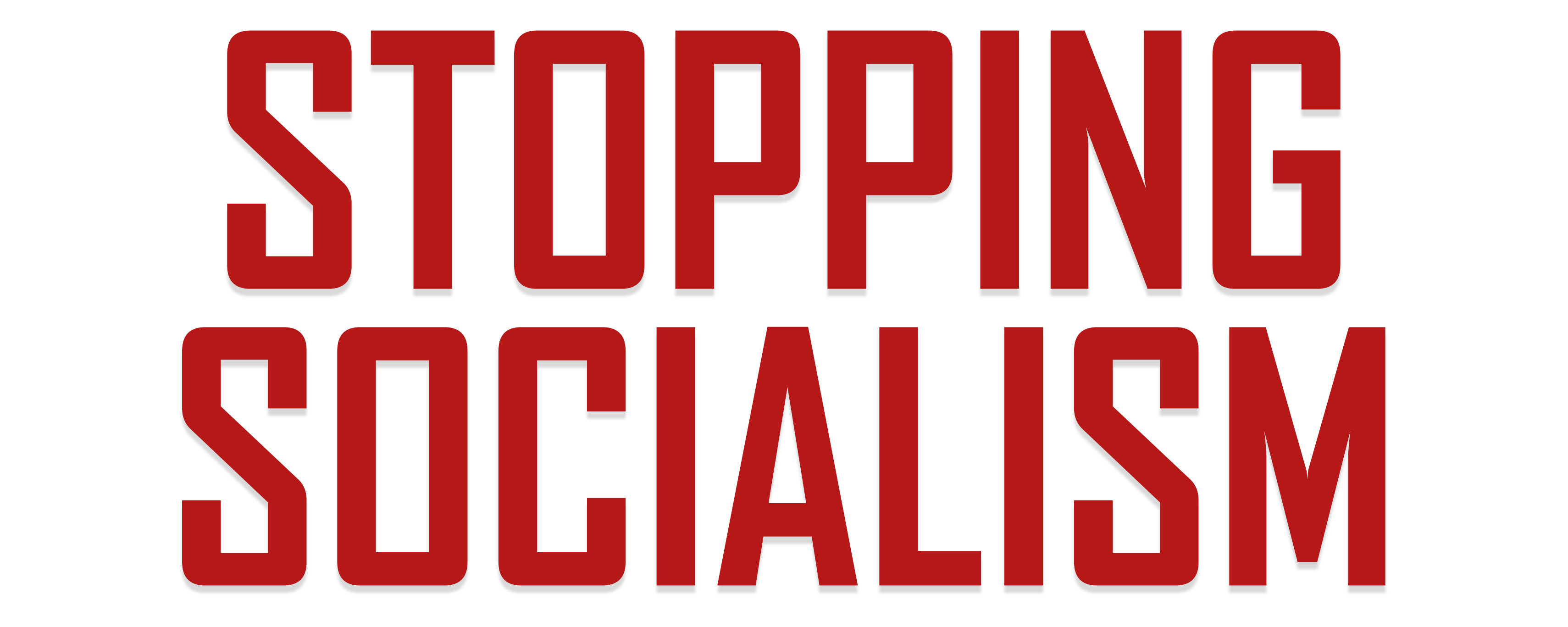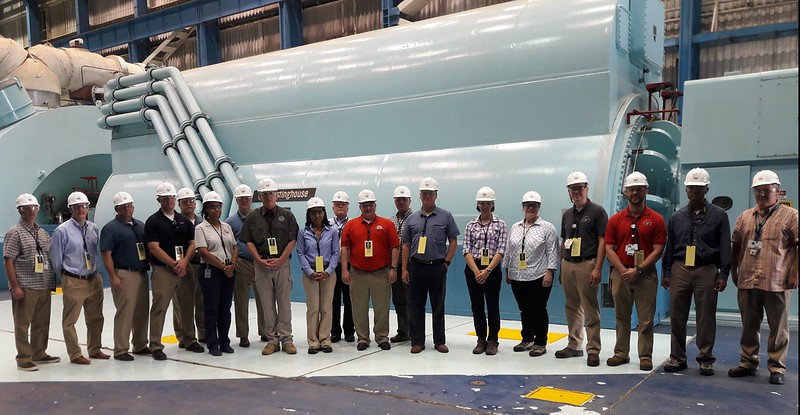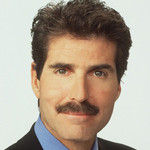This Thursday, Earth Day, politicians and activists will shout more about “the climate crisis.”
I don’t think it’s a crisis. COVID-19, malaria, exploding debt, millions of poor children dying from diarrhea — those are genuine crises.
But global warming may become a real problem, so it’s particularly absurd that Earth Day’s activists rarely mention the form of energy that could most quickly reduce greenhouse gases: nuclear power.
When France converted to nuclear, it created the world’s fastest reduction in carbon emissions.
But in America, nuclear growth came to a near halt 40 years ago, after an accident at the Three Mile Island plant in Pennsylvania.
The partial meltdown killed no one. It would probably have been forgotten had Hollywood not released a nuclear scare movie, “The China Syndrome,” days before.
“People saw that and freaked out,” complains Joshua Goldstein, author of “A Bright Future: How Some Countries Have Solved Climate Change (with nuclear power).”
One of the people still freaking out is solar activist Harvey Wasserman. “I live in terror of the next accident,” he says in my latest video.
His anti-nuclear argument has basically won in most of the world. Nuclear plants are being shut down.
Why? I ask Wasserman. No one was hurt at Three Mile Island.
Wasserman replies that after the accident, he went to nearby homes and people showed him “their tumors, their hair loss, their lesions.”
“It’s bunk,” I tell him. “It’s been studied. People lose hair and get cancer and they attribute it to Three Mile Island, but it’s not true.”
“Having been there,” Wasserman responds, “It’s my clear assertion that people were killed.”
Actual scientists don’t agree. In fact, they find less cancer near Three Mile Island than in other parts of Pennsylvania.
But what about Fukushima? That was more serious. Today, clueless media quote Greenpeace claiming, Fukushima’s radiation could “change our DNA!”
Also bunk. “There was heightened radiation, but it was all at this low level below what we consider to be safe,” explains Goldstein.
The low level of radiation released at Fukushima was hardly a threat. What killed people was the panicked response.
“Everyone freaked out and ordered a massive sudden evacuation. That caused suicide, depression… Fear of radioactivity really did kill people.”
One nuclear accident, Chernobyl, did kill, and its radiation may still kill thousands more.
But Chernobyl was built by socialists cutting corners to please dictators. No Chernobyl-like plant will ever be built again. And even with Chernobyl’s deaths, nuclear power’s safety record is better than that of coal, oil, and natural gas.
“But what about the nuclear waste!” shout the activists.
“It’s a small problem,” says Goldstein. “All the nuclear waste from all America’s reactors for 60 years would fit into a Walmart.”
While the anti-nuclear movement has stopped nuclear construction in most of the West, “other places are building them like crazy,” says Goldstein. “China puts a nuclear reactor on the grid every two to three months.”
America may soon finish… one. It took Georgia Power Company six years just to get permission to build a plant. Regulation is so heavy that, 15 years later, it still isn’t operating.
Wasserman is proud he played a role in that. “If you want to accuse us of having raised the cost of building new nuclear plants by demanding more regulation, I plead guilty.”
He claims countries can power themselves with rooftop solar panels and wind. Technology improvements did lower their prices, but what happens when the wind doesn’t blow? Or the sun doesn’t shine?
Store energy in batteries! replies Wasserman. “We are having a major technological and industrial revolution in battery capacity.”
Goldstein scoffs in response, “The idea that a miracle battery is going to come along and save us is completely untested.”
By contrast, nuclear energy has been tested. It could reduce greenhouse gasses, and provide reliable energy, if only we didn’t fear it so much.
“The whole regulatory system is crazy,” Goldstein concludes. “We’re regulating this energy source as though it were the most dangerous thing out there, and it’s actually the safest thing!”
John Stossel is author of "No They Can't! Why Government Fails -- But Individuals Succeed." For other Creators Syndicate writers and cartoonists, visit www.creators.com.






